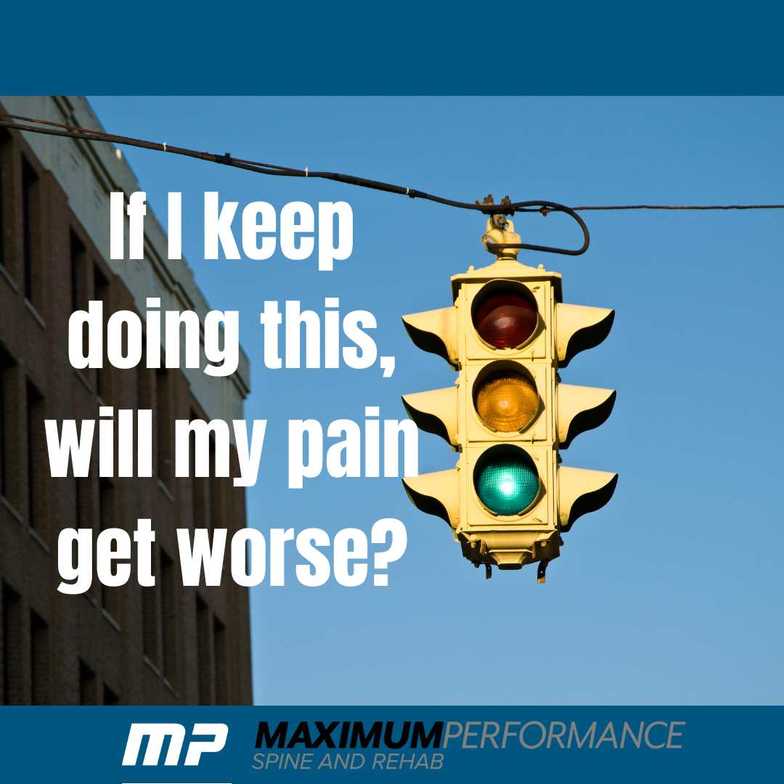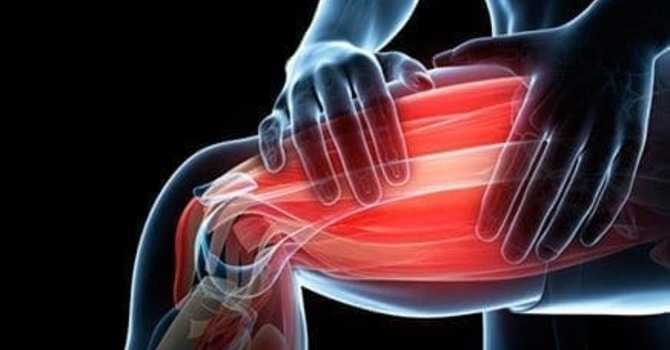
As a chiropractor who specializes in movement and fitness, I've encountered countless individuals trying to stay active despite the challenges of pain and injury. Pain is a complex experience that affects not only our physical well-being but also our mental and emotional health. It's crucial for anyone dealing with pain to have practical tools to navigate their daily activities and make informed decisions about their movement and exercise routines.
One invaluable concept that I often discuss with my patients is the stoplight model, seen in Annie O'Connor's book "A World of Hurt: A Guide to Classifying Pain." This model provides a straightforward yet powerful framework for understanding and managing pain levels with different activities and behaviors.
Imagine a traffic light: green, yellow, and red. In the context of pain management, each color represents a different level of caution:
Green Light: This represents activities and movements that are safe and manageable and cause minimal pain and discomfort. If you rate your pain on a scale from 1-10, with 10 being the worst, your pain during activity should reach a max of 4-7. And after activity, your pain should quickly return to baseline. You shouldn’t also notice any major limitations when things do hurt. For someone focusing on movement and fitness, green light activities may include gentle stretching, high impact exercises, and movements that promote mobility without exacerbating pain. It's essential to engage in these activities regularly to maintain flexibility and function.
Yellow Light: The yellow light signifies some caution. Activities in this zone may pose a risk of exacerbating pain if not approached mindfully. I often work with patients to identify yellow light activities and movements and we develop strategies to modify them to be able to still perform them. It's about finding the balance between pushing boundaries and respecting the body's limitations to avoid unnecessary flare-ups.
Red Light: This is the danger zone where activities have the potential to significantly worsen pain. Red light activities should be approached with extreme caution or avoided altogether. For someone passionate about movement and fitness, it can be challenging to accept limitations, but it's crucial to prioritize long-term health and well-being over short-term gains. A lot of times, modifying or changing the movement in the short can allow them to return to activities much sooner. Instead of pushing through pain, I encourage my patients to explore alternative exercises or modalities that can provide benefits without causing harm.
By incorporating the stoplight model into their daily lives, sports and exercise, individuals can gain a better understanding of how different activities impact their pain levels. My goal is to empower my patients to make informed choices about their movement and fitness routines, helping them stay active while minimizing the risk of injury or exacerbating pain while performing at the top of their game.
In conclusion, navigating pain is a journey that requires patience, self-awareness, and guidance. With the stoplight model as a guiding principle, individuals can take control of their pain management journey and continue to pursue their passion for movement and fitness safely and effectively.
If you need any help with getting back to what you love doing, please let help!





